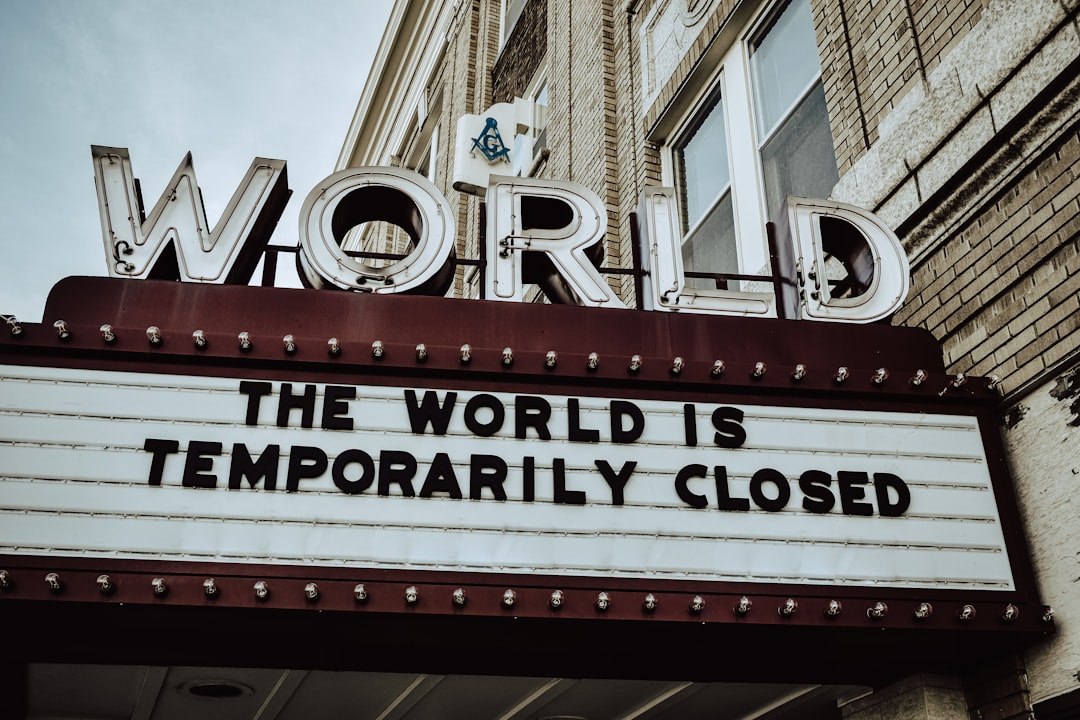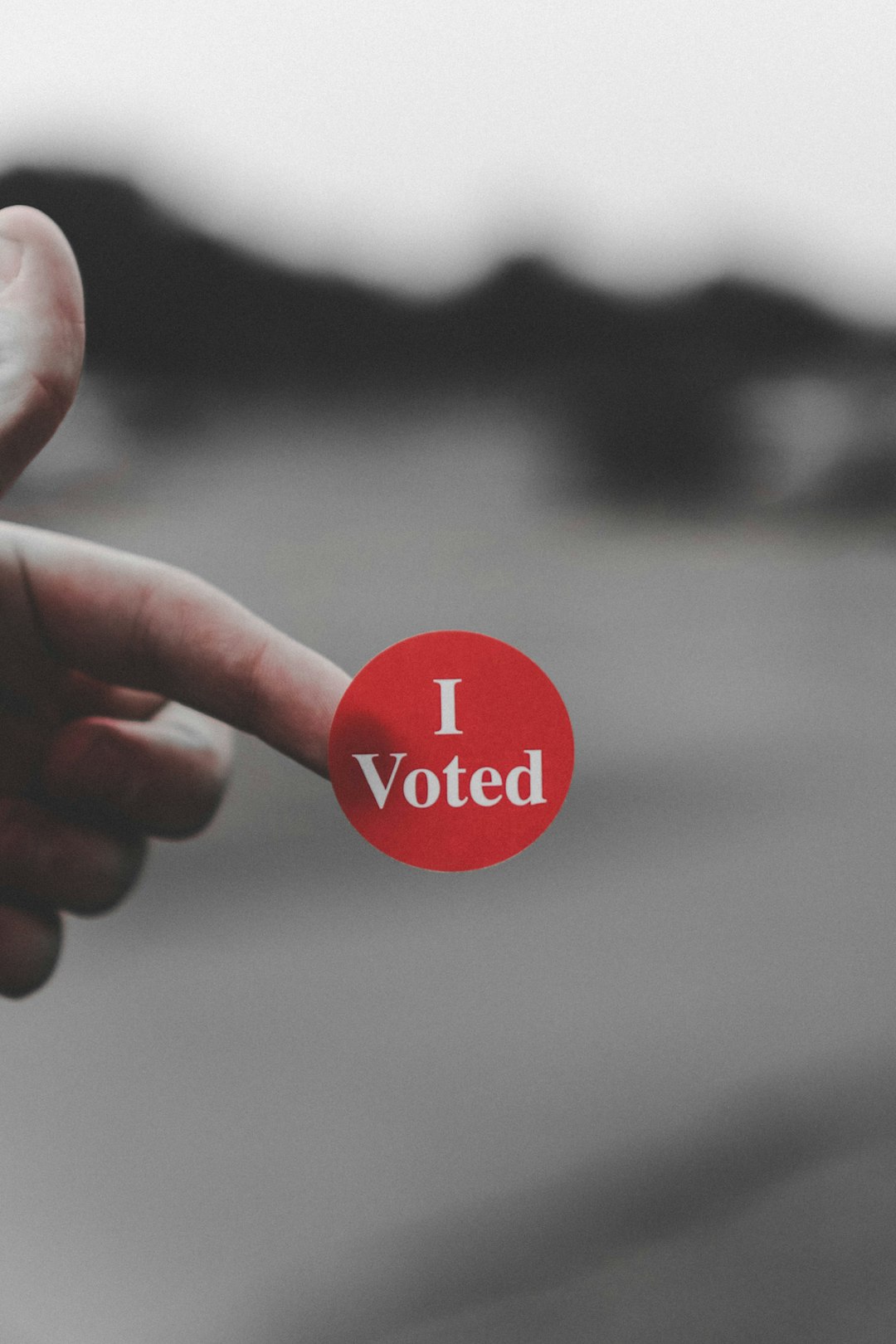
Navigating the Path to Economic Recovery Post-Pandemic.
# Introduction. The COVID-19 pandemic reshaped global economies, leaving a trail of uncertainty and disruption. As countries begin to emerge from the shadow of lockdowns and restrictions, understanding the path to economic recovery is more critical than ever. This blog post explores the current state of economic recovery post-pandemic, highlighting key strategies, sectors benefiting from revitalization, challenges confronted along the way, and what the future might look like. # The Current Landscape of Economic Recovery. The reality of economic recovery varies significantly among countries and sectors. According to the International Monetary Fund (IMF), the global economy is expected to grow at around 6% in 2021, a signal that many nations are coordinating to bounce back. However, the speed of recovery hinges on diverse factors, including vaccine distribution, government responses, and pre-existing economic conditions. For instance, countries with robust healthcare systems and quick vaccine rollouts have witnessed swifter recoveries, while struggling nations lag behind. # Key Industries Leading the Revival. Several sectors are showing remarkable resilience and potential for growth as the world stabilizes. The technology sector, for instance, has flourished, with remote work and digital transformation becoming the norm during the pandemic. Companies specializing in cloud computing, cybersecurity, and e-commerce have reported higher revenues and market expansions. Furthermore, the hospitality and travel industries are bouncing back, albeit unevenly. As vaccination rates rise and travel restrictions ease, there has been a spike in domestic travel. Tour operators, airlines, and hotels are optimizing health and safety protocols to ensure customer reassurances and stimulate demand. Additionally, outdoor recreational activities have gained popularity as families seek safe ways to venture out, positively impacting related businesses. # The Role of Government Policies in Economic Recovery. Government responses globally have been instrumental in mitigating the economic fallout. Stimulus packages, low-interest loans, and financial assistance programs have helped businesses stay afloat and maintain employment levels. In the United States, the $1.9 trillion American Rescue Plan was a game-changer, providing immediate relief to individuals and supporting small businesses through the economic turbulence. Moreover, governments are also focusing on infrastructure investments as part of their recovery strategies. Modernizing transport links, energy systems, and digital networks not only creates job opportunities but aims to stimulate future growth through enhanced efficiency and productivity. # The Challenges Ahead of Global Recovery. Despite these positive strides, challenges loom large on the horizon. Supply chain disruptions caused by the pandemic have resulted in material shortages and rising prices across the board. Industries such as construction and automotive have reported delayed projects and increased costs due to the unavailability of essential components. These disruptions necessitate a re-evaluation of global supply chains emphasizing resilience and flexibility. Additionally, the labor market is confronted with unique challenges. Many workers, particularly in roles involving physical presence, were hit hard during the pandemic and may be reluctant to return to work due to ongoing health concerns or lifestyle changes. The workforce will need to navigate these shifts and reallocate talents to align with emerging industries. # Environmental Sustainability as a Recovery Strategy. An essential component of recovery is the growing emphasis on environmental sustainability. The pandemic prompted a reconsideration of consumption patterns and a push towards greener initiatives. Governments and corporations are increasingly integrating sustainability into the recovery narrative, aiming to build economies that are not only resilient to future shocks but also prioritize ecological considerations. Investments in renewable energy sources, technology for carbon capture, and sustainable agriculture are becoming focal points for both private and public sectors. Transitioning to a green economy allows nations to not only recover but also innovate toward a more sustainable future. # Looking Ahead: The Future of Economic Recovery. While the path to full economic recovery remains uncertain, there is cautious optimism. The lessons learned from the pandemic regarding agility in business operations and the value of nurturing public health can reshape global economic frameworks. The recent focus on sustainability and digital transformation will likely dominate the early future, steering economies towards a balance between growth and health. # Conclusion. Economic recovery post-pandemic presents a mixed bag of opportunities and challenges across the globe. While certain sectors are experiencing revitalization, others grapple with ongoing hurdles. Governments, industries, and communities must work together, embracing innovative practices as they navigate this transitional stage. The future may be uncertain, but with a commitment to resilience, adaptation, and sustainability, a robust recovery is within reach. .







